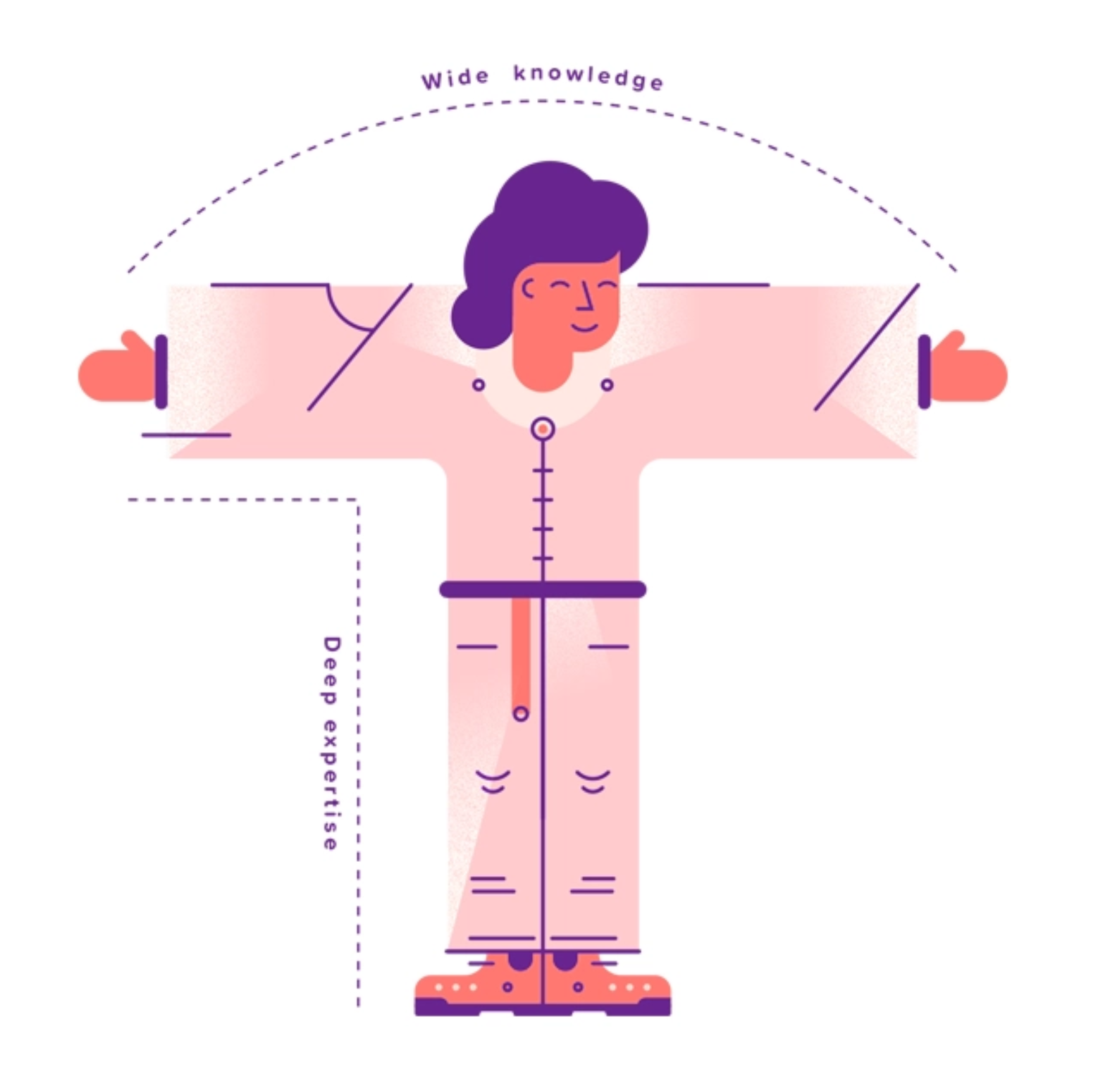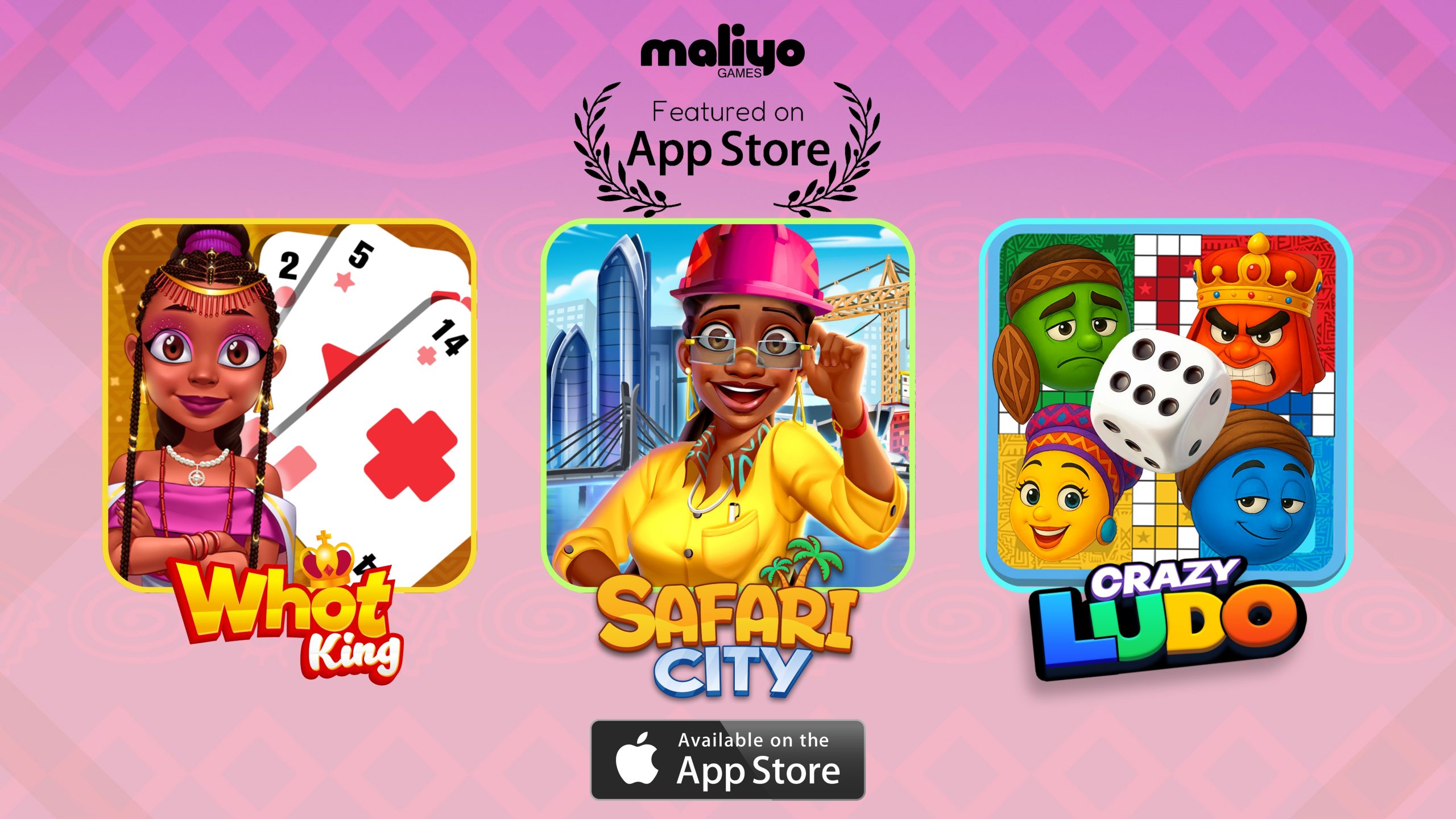The video games industry in Africa is rapidly growing. It’s an exciting movement with a growing number of opportunities for gaming professionals to wear multiple hats and take on different roles. However, this also means a higher risk of burnout. At Maliyo Games, we’ve had many informative sessions on this topic, and a useful strategy is the T-shape approach.
Imagine a big capital letter, T: The vertical line represents your core competency; the thing you’re best at and the thing you were hired to do. The horizontal line represents knowledge or generalization within the industry. For example, if your core competency is programming, your knowledge could be in product, design, and art.
To prevent burnout, it’s essential to focus on your core competency while also broadening your skills and knowledge. Find the thing you’re good at and do it the best you can. If you want to learn about other things, take training courses, learn from others, and ask for book recommendations and additional learning material. But most importantly, learn your limitations and don’t go above and beyond, as this can lead to burnout.
Let’s say our programmer’s name is Ada, and she’s been working at a video game development studio for a few years. Ada has always been passionate about programming and feels that this is her core competency. She’s good at it, and her team relies on her skills to develop high-quality games.
However, Ada has also been interested in learning more about art and design. She’s taken a few courses and even tried her hand at creating some game assets in her spare time. Ada’s team has noticed her interest in art and design and has encouraged her to explore these areas further.
Using the T-shape approach, Ada has been able to balance her programming work with her interest in art and design. She’s made sure to prioritise her programming tasks, as this is her core competency and the area where she adds the most value to her team. Ada assigns about 80% of her work hours to her core programming tasks and ensures that she completes them before dedicating any time to her passion project.
As for her passion project, Ada has designated about 20% of her work hours to learning more about art and design and collaborate with the art and design teams on some projects. This has allowed her to expand her skill set and knowledge base while still focusing on her core programming work.
By adopting this approach, Ada has been able to prevent burnout and keep her passion for programming alive. She feels more fulfilled in her work and is excited to see where her career in the video game industry will take her next.




